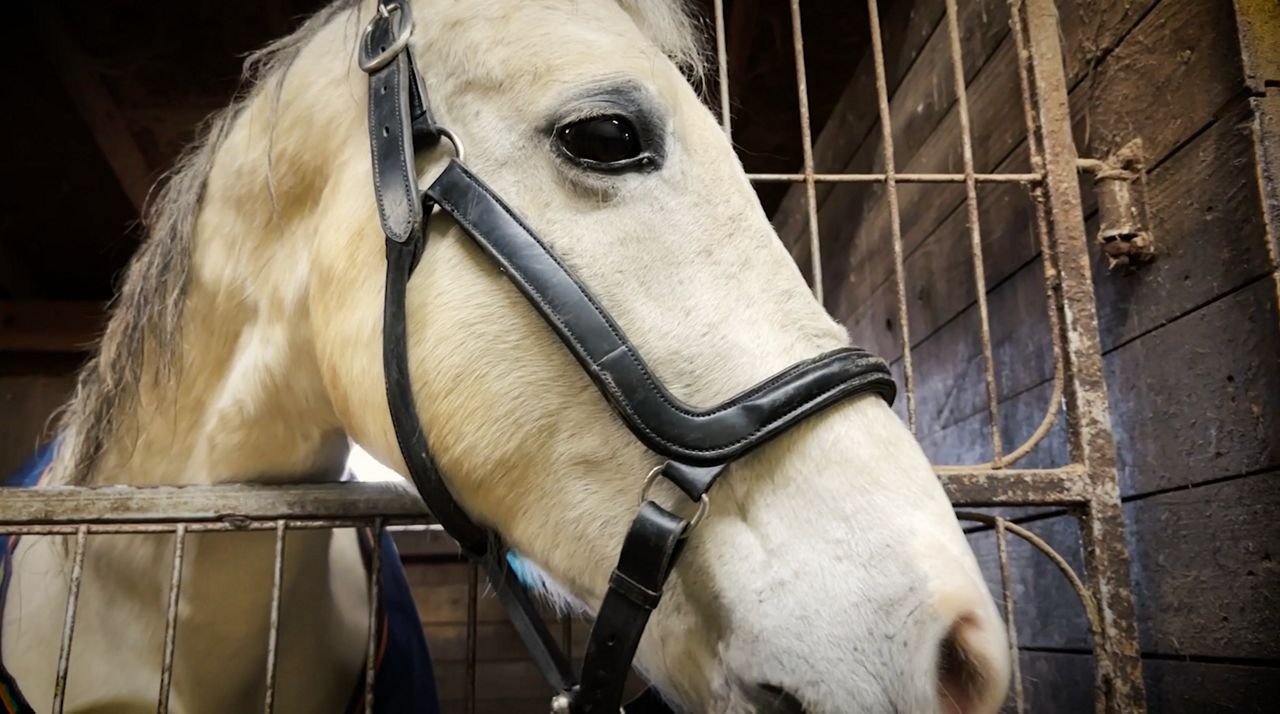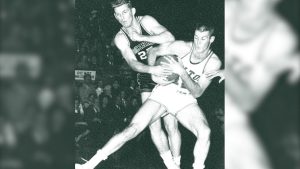CEDARVILLE, Ohio — A team of Cedarville University students has worked for months to perfect the perfect rocket launch.
The nine-foot rocket travels more than 200 miles-per-hour, reaching heights of 5,000 ft. In the coming weeks, they will use the prototype to compete with dozens of other schools across the country this April in Huntsville, Ala. for the 2023 NASA Student Launch Competition.
Eric Hansen, a senior mechanical engineering major, has nothing but pride for the team, as he is one of 10 taking part in this year’s senior design project.
“We’re looking to this year carry on the success that the team had last year. To build and design a rocket that can launch, based on our specifications and requirements, carry a payload, deploy a parachute,” said Hansen.
Hansen has worked closely with fellow mechanical engineering students, senior Laurin Meisberger and senior electrical engineering major Jordan Edwards.
“We’re just this small Christian school in the middle of the cornfields in Ohio. No one’s really heard of Cedarville and I think it’s really cool that we’ve just been given this opportunity,” said Meisberger.
Their teacher, Dr. Thomas Ward, professor of mechanical engineering, said this project is the culmination of all students have learned over the last four years.
“It’s kind of like a practice work-type problem that they can do under my advisement and the advisement of other professors here, before they go out to the real world and do the real thing,” said Ward.
“This is our first step in getting that full-scale one built. Then as that connects into this main body segment, we have a nice anchor here where we can actually spin that segment. Moving down, we’ve got this button here which allows us to ride up the launch rail as we shoot off into the air. Then down to the back here we have our motor and our fin canister,” said Edwards.
It’s been a long time coming, but throughout the dozens of parts, time, research and more launches ahead, this group is shooting for the stars. All members said they’ll be excited and relieved when the project is finished in the coming months.
“Yeah, I’ll be very excited. We’ll see all of our work come to fruition, you know,” said Hansen.




